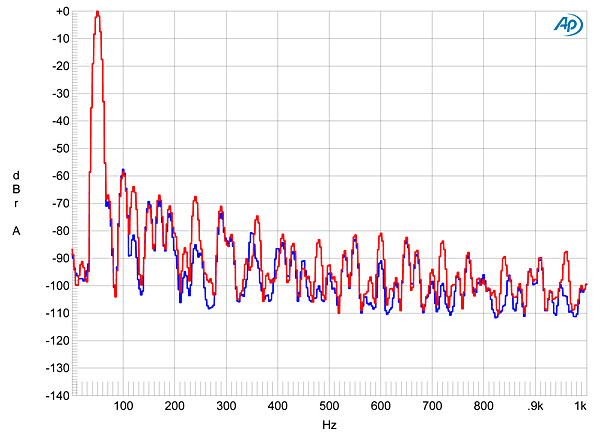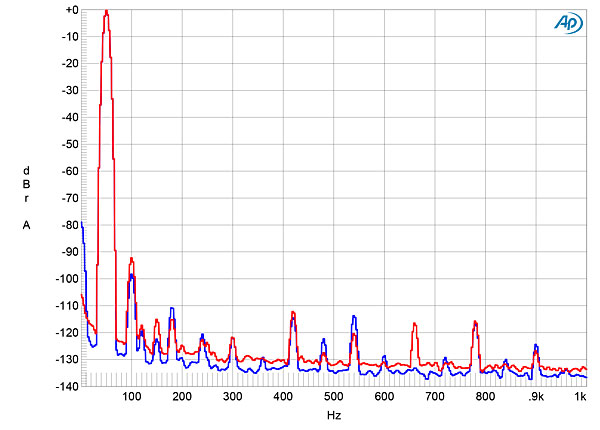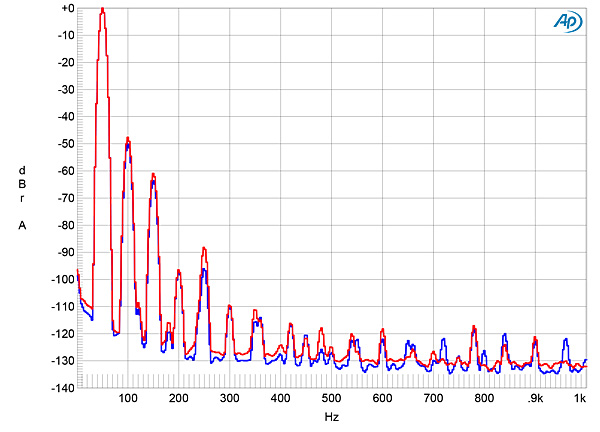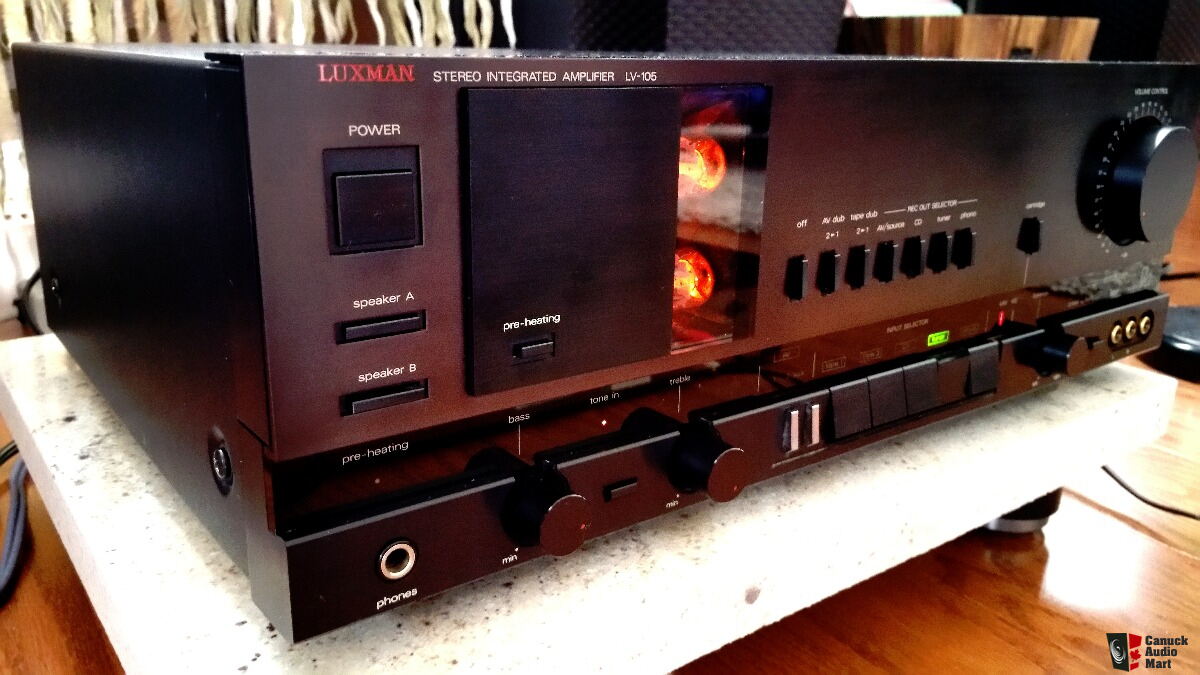charleski
Major Contributor
You really need to take JA1's conclusions with a massive pinch of salt. I've only seen him criticise a component when it turns out to be clearly broken.Stereophile reviewed and measured the V1 release of this amp in 2014.
https://www.stereophile.com/content/rogue-audio-sphinx-integrated-amplifier-measurements
I aint smart enough to compare the measurements above with those from stereophile (have to assume a V3 device is better?)
In that review, the conclusion was
"Even without taking into account its affordable price, Rogue Audio's Sphinx offers excellent measured performance with little sign of the usual compromises made in class-D designs. It also has an excellent, moving-magnet–compatible phono stage.—John Atkinson"
So assuming that the original V1 doesn measure as well as the V3, the respected JA didnt flag it as bad.
Peter
The distortion measurements he gets are perfectly in line with what Amir found:

For comparison, here's a properly-designed tube preamp (since we want to look at tubes used for line-stage only), the Audio Research Reference 6E:

And here's a badly-designed tube preamp, the PrimaLuna EVO 400 :

The circuit design is what matters. The type of components utilised, whether passive or active and solid- or hollow-state pales into insignificance in comparison.
(The AR Ref6E may be well-designed, but at $17k I wouldn't regard it as a particularly good buy.)

